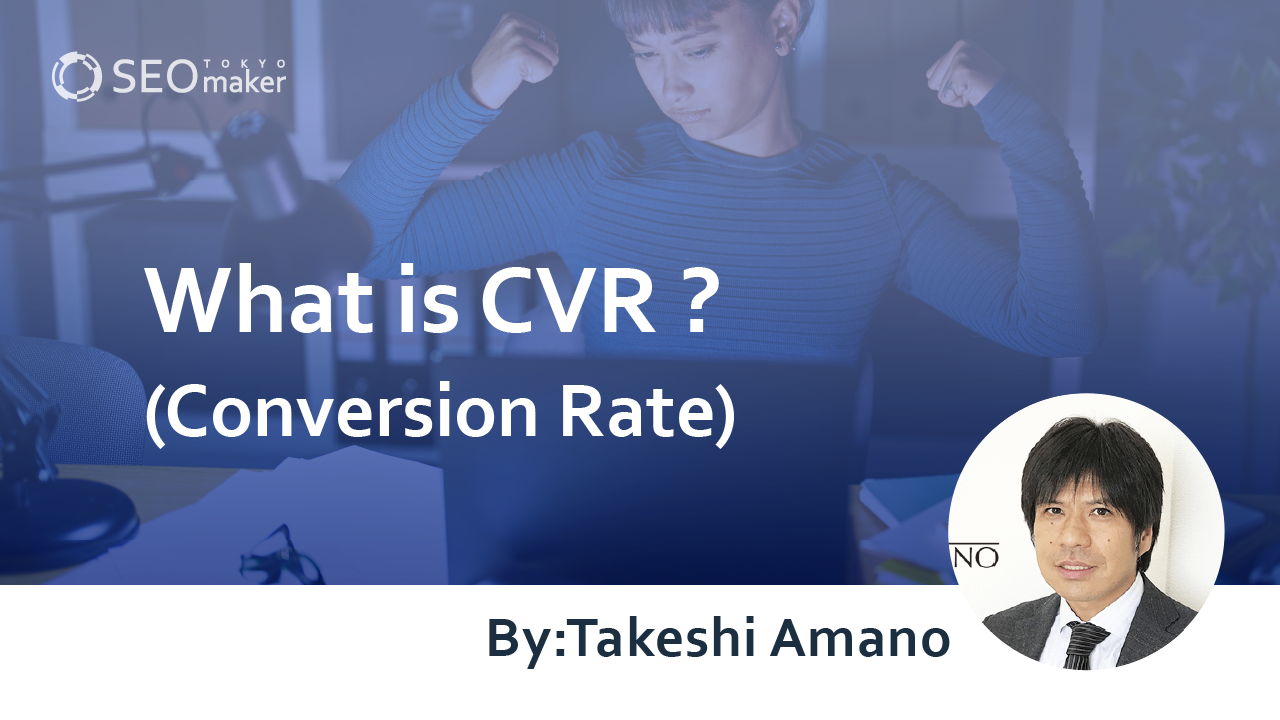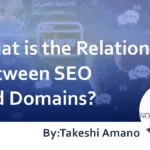What is CVR (Conversion Rate)? Explaining the Importance of CVR and How to Improve It

CVR (Conversion Rate) represents the ratio of goals achieved on a site. It is a measure of how successful a site is in achieving conversions relative to the number of visits. Even if a site has high traffic, it cannot be considered successful if the conversion rate is low and goals are not met.
Even with high search engine rankings, if the site does not meet user needs, the conversion rate may not increase. The reasons for a low conversion rate are that site navigation or the choice of advertisements cannot be included, so it is crucial to identify and address these issues.
Today I will discuss the importance of conversion and methods to improve it.
What is CVR?
CVR (Conversion Rate) is the percentage of site visits that result in the desired outcomes. A higher conversion rate indicates that the site’s goals are being effectively met, making it a crucial metric.
Each site has different goals, such as product purchases or membership registrations, which are set as conversion points.
Calculation Method
The conversion rate is calculated by dividing the number of achieved goals by the number of site visits. For example, if there are 1,000 visits and 40 conversions, the conversion rate is 40 / 1,000 = 4.0%.
The Importance of CVR Metrics
Clarifying the conversion rate helps verify whether the site’s goals are being met. For web managers, improving the conversion rate is crucial, as a low rate could indicate underlying issues, making it essential to quantify and monitor.
Although the average conversion rate is generally said to be 1%, for actions with a low user barrier like free membership registration, the average tends to be higher.
This varies by industry, with financial services around 5% and education around 3%. To understand average conversion rates, it’s important to know under which category a site’s goals fall. Web managers must be aware of the average rates for their specific targets.
Analyzing and Improving Low CVR
Various reasons can contribute to a below-average conversion rate. Identifying the cause of a low conversion rate is the first step.
However, the reasons for a low conversion rate can vary from site to site, so addressing issues on a case-by-case basis is effective. Here are some typical reasons why a site might have a low conversion rate.
- Not user-centric
- Unclear or inappropriate target audience
- Advertisements not aligned with site content
- Out of step with market trends
- Unclear text
By identifying and correcting these issues, it is possible to operate a site with a higher conversion rate.
Not User-Centric
Appeals that do not meet user needs due to lack of user perspective, resulting in lower conversion rates. Users visit websites to find specific information, and if the content does not meet their needs, it leads to user departure.
If the needed information is not displayed or it’s unclear where to find it on a website, it cannot be considered user-centric. Users often want information quickly, and if it feels cumbersome to locate content, they are likely to leave.
Even if a website is targeted at women, using male-oriented writing or appeals won’t meet the needs. A website that considers what users are looking for and stands from their perspective can enhance conversion rates.
Unclear and Inappropriate Targeting
If the appeal does not match the product’s target audience, the conversion rate will be low. It’s important to categorize the genre, whether it’s for business, education, finance, etc., and clarify the target audience.
Additionally, setting detailed demographics like gender and lifestyle when creating the site can better meet user needs. It is crucial to clearly define the target for your products and create content and appeals that align with it.
Advertisements Not Aligned with Site Content
Using advertisements that do not match the site content will not increase the conversion rate, even if the site has high traffic. Users visit content for information. Even if the content fulfills the user’s needs, irrelevant advertisements will not produce desired results.
Content should resolve a user’s issue with services or products advertised. Choosing the right advertisements that align with the content is a crucial role for those managing advertising.
Out of Touch with Market Trends
Even if user perspective and targeting are clear, being out of touch with market trends can lead to low conversion rates. Trends vary by season and current events. For example, promoting summer products in winter does not meet the needs and should be avoided. The market is always changing, so regularly check that you’re not deviating from current trends.
Unclear Text
Websites with unclear text also suffer from low conversion rates. Ensure that the responses to user queries are clear and do not leave users puzzled.
Cases are often seen where users leave because the first view is judged not to meet their needs. Users seek accurate information, so providing precise answers to their questions is crucial.
Improving CVR
To improve conversion rates, consider what needs to be improved. The points of improvement vary by site and are too numerous to list comprehensively. However, checking typical improvement points can lead to significant effects.
-Set a clear user profile
-Analyze competitors to find improvement areas
-Review the user journey and streamline navigation
Clear User Definition
Clarify which users your site should appeal to in relation to its objectives. If the target user is not clear, appropriate content creation often suffers. Without knowing which users the site is designed for, it’s impossible to create content that meets their needs.
Review the conversion rate for each page of the site and identify specific issues to improve. Pages with low conversion rates often fail to appeal to users effectively, and taking a user-centric approach is vital for improvement.
Creating detailed personas—representative images of typical users of services or products—can help in this analysis.
By defining personas, you can create content that truly stands from a user perspective. Even if a page attracts many visitors, if the appeal is misaligned with user needs, it will lead to departures and not improve the conversion rate.
Analyze Competitors to Find Improvement Areas
If competitor sites have higher conversion rates, it means your site’s content is underperforming. Analyze why users prefer competitor sites over yours.
Check if there are any differences in how they guide users or in the content itself. Comparing with competitor sites makes it easier to identify what needs to be improved.
Site navigation refers to the paths users take to move through your site. Analyze from various perspectives, such as entry pages and pathways, to determine whether the site is easy to navigate and understand until users reach the conversion points.
Ensure the text on the entry pages of the site does not drive users away
The text on the entrance page is crucial as it influences whether users will continue to engage with the content. If users visit with questions and only find advertisements without answers, it will be judged as not meeting their needs and cause them to leave.
Make conversion points clearly visible and easy to find
Ensure that conversion points are consistent and easy to find to prevent users from leaving out of frustration. Reassess the design and placement to improve visibility and accessibility.
Regularly Check Input Fields
Having too many fields in a form can lower conversion rates. Regularly check for errors and consider altering nearby text or prompts to phrases that are more acceptable to users, like “Try Now” or “Limited Time Offer,” depending on the product.
Summary
It’s essential to understand that CVR (Conversion Rate) is critical in site management, identifying a wide range of issues in content and writing. To improve, it’s necessary to adopt a user-centric approach, constantly monitor access numbers and departure rates, and analyze each page to pinpoint and clearly define any problems. Preventing user departure also involves ensuring that the text and navigation are clear and easy to understand. Analyze and address these issues to find solutions.










![What is a Description? Explaining the Meaning, Writing Style, and Changing Word Count – [2023 Edition]](https://www.switchitmaker2.com/en/wp-content/uploads/2024/09/what-is-description.webp)










